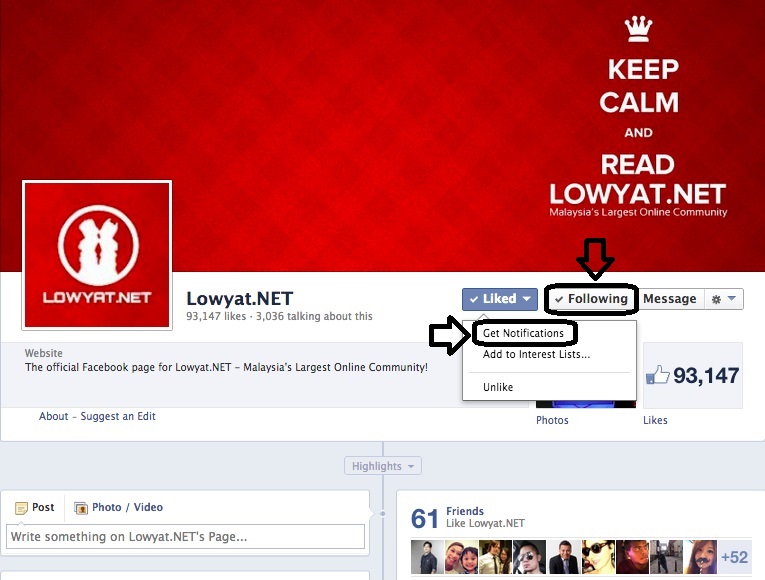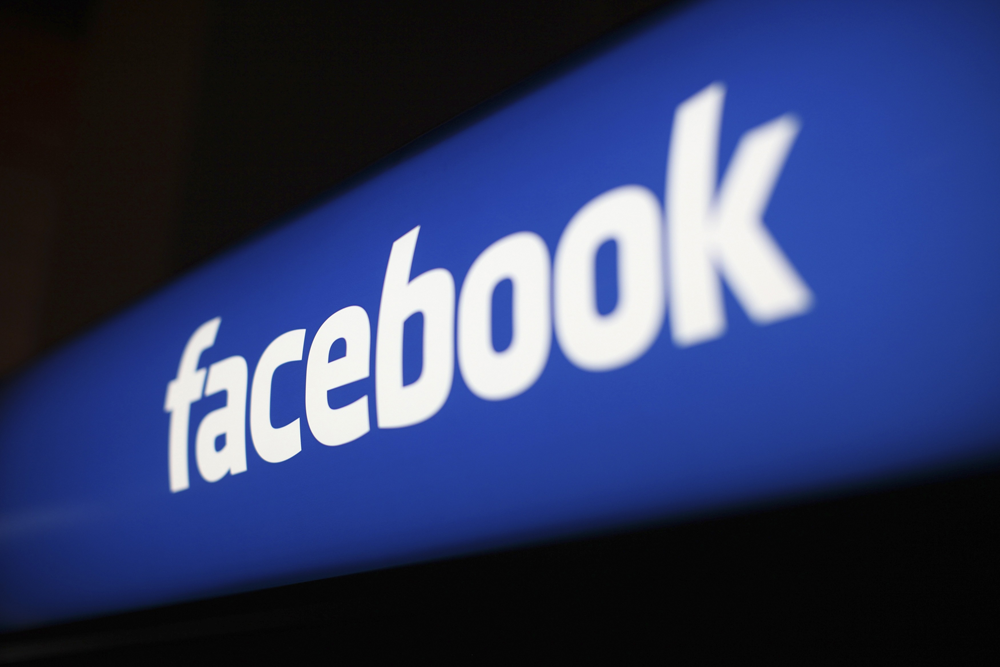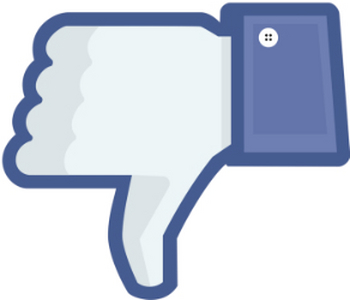As owners of Facebook Pages, we’ve been seeing a trend for many months now. Despite having continued growth in terms of Page likes on Lowyat.NET’s Facebook page, our post reach (the number of people who actually see individual posts from our Facebook Page on their timelines) not only did not increase, but instead dramatically declined. We aren’t the only ones either: other Facebook Page owners we know are facing the same issue, and it isn’t uncommon to hear one post reaching less than 5% of their total Page likes. What gives?
Popular YouTube channel, Veritasium, seems to have cracked the code.
Article continues after the jump.

Its latest video, titled “Facebook Fraud”, explains just how the company is making billions of dollars from sponsored posts by a combination of its filtering algorithms and by being a victim of third-party “likes purchasing”. It’s a vicious cycle that ultimately ends up with Facebook Page owners being charged twice over, resulting in billions in revenue for Facebook – which has had issues monetizing its user base in the past.

An earlier video from Veritasium, which describes how Facebook is turning its users into advertisers
The cycle starts with this: Facebook would occasionally offer Facebook Page owners the option of a “free ad” to increase visibility of the new Page on Facebook, specifically to users who would be interested in the Page. Gradually, the likes would then come in – giving the impression of organic growth. The problem is, a strange pattern appears later on: the likes would still be pouring in (regardless of whether you’re still promoting your Page), but from users who are likely not interested in the Page and mostly from “click farms”.
On the other hand, Facebook’s algorithms initially distribute Page posts to a small portion of your total fans, and if the engagement rate (post likes, comments and shares all contribute to engagement rates) is high, the post will then appear on more timelines (to other fans and friends of fans). But if there is a significant portion of Page likes from irrelevant fans, the initial distribution of posts will reach less “real” fans, resulting in lower engagement rates, ultimately leading to minimal reach.
So how does Facebook help Page owners to circumvent this issue? Well, they don’t. Instead, Facebook would again encourage Page owners to promote individual posts to increase reach. And these don’t come cheap either: post promotion rates are scaled to the total amount of likes your Page has, so the higher amount of fans you have, the more expensive it gets to promote a single post.
This puts Facebook Page owners in quite a quandary. Want more visibility for your Page? Pay up for advertising. Want your posts to reach every single one of your fans because your post reach dropped as your fans increased? Pay up for advertising. Facebook Page owners are being pushed to a corner, and there’s nothing we can do about it.
Well, actually there is. Facebook tested a “Subscribe” feature for Pages some time back, before settling on “Follow”. This feature allows all updates from the Page will appear on the user’s timeline. It also means that unless you click on “Follow” on a Page, liking the Page itself would not guarantee you’ll receive all posts from the Page.
Another alternative is embedded deep in the confines of drop-down menus. At the top of the Page, next to the Page name is a little-known drop-down menu located on the “Like/Unlike” box. Click on the little arrow on that box, and you’ll see the option to “Get Notifications“. Click on that, and you’ll receive a notification every time the Page posts an update on their Page – but it also means that the post itself would not appear on your timeline.
If this sounds like a lot of effort on the user’s part just to be able to see status updates, it’s because it probably is designed to be that way. After all, Facebook is making billions of dollars from ad revenue from this flaw (which only affect Page owners), so why would the company admit to the world they’ve made a mistake – and are actively profiting from it?
Follow us on Instagram, Facebook, Twitter or Telegram for more updates and breaking news.





